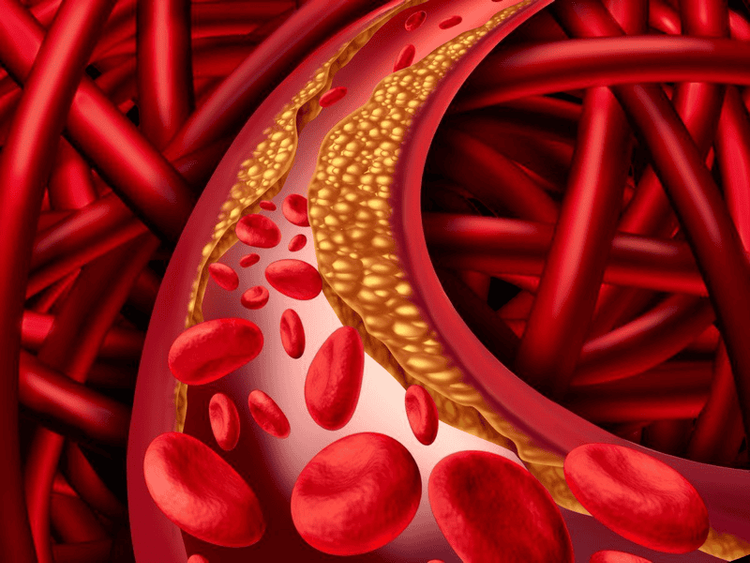This is an automatically translated article.
The article was professionally consulted by Doctor Department of Pediatrics - Neonatology - Vinmec Hai Phong International General Hospital.
Neonatal biliary atresia is a rare disease of the hepatobiliary system characterized by disruption or deficiency of the extrahepatic biliary system leading to obstruction of the outflow of bile into the digestive system. Currently, the best treatment for congenital biliary atresia in children is surgery, which should be performed as soon as possible to avoid severe progression in the child.
1. Principles of treatment of congenital biliary atresia
Children with congenital biliary atresia will be treated with the goal of releasing bile from the liver to eliminate cholestasis and prevent liver failure.
Principle of treatment: Surgery is the only treatment and should be done as soon as possible. In cases of common bile duct atrophy and common hepatic duct atrophy, biliary bypass surgery is required. For atrophy of the bile duct in the hilar region, Kasai surgery is used. Liver transplantation is the last resort in children with bile duct atrophy with liver failure.

2. Factors affecting surgical results
The prognosis of surgery and postoperative congenital biliary atresia also depends on the following factors:
2.1 Age
As mentioned, surgery should be performed as soon as possible, so the younger the child, the better the prognosis and the high success rate, especially for children under 1-2 months of age. In contrast, children over 2 years of age surgery have a high failure rate.
2.2 The type of biliary atresia that the child has
Complete biliary atresia has a worse prognosis than extrahepatic partial biliary atresia.
2.3 Treatment methods for congenital biliary atresia in children
In cases of congenital biliary atresia, ultrasound plays an important role in determining the location of the atrophy and the type of congenital biliary atresia that the child has, thereby deciding the direction of treatment. There are several methods of treating congenital biliary atresia:
2.3.1 Joint hepaticojejunostomy surgery
This surgery applies to common bile duct atrophy or common hepatic duct atrophy, where the surgeon will perform a dissection into the liver hilum to connect the cystic structure with bile with the intestine to create a flow of bile into the small intestine.
2.3.2 Kasai's surgery
This is a method of opening the intestinal anastomosis with the portal vein of the liver by open surgery or laparoscopic surgery. The method applied to cases of bile duct atrophy in the hilar region accounts for most of the congenital biliary atresia. At this time, the bile ducts will be removed and replaced by a segment of bile that connects to the hilum of the liver to help create the flow of bile. Eventually the small bile ducts will empty directly into the intestine and bypass the large bile duct.
2.3.3 Liver transplant surgery
Liver transplantation should be performed in the first 1-2 years of life after failed Kasai surgery. Liver transplantation increases the 10-year survival rate of children up to 90%, but the biggest problem is still the source of the liver for transplantation, especially in very young children. So one solution is to transplant half of the father's liver because healthy liver tissue can grow and mature over time.
3. Post-operative treatment and possible complications
3.1 Treatment after surgery
After successful surgery, children still need to be treated both medically and nutritionally to avoid complications. The treatment after surgery includes:
Fasting, parenteral nutrition until the child has yellow or green stools, adjusting the diet accordingly. Antibiotic to prevent early postoperative biliary tract infection: Cotrimoxazole for 6 months after surgery. Ursodeoxycholic (UDCA): Long-term use for 18-24 months. Daily vitamin supplements of types A, D, E, K. Use milk with hydrolyzed protein, short and medium chain fatty acids.

3.2 Possible complications
Some possible complications include early complications and late complications
3.2.1 Early complications
Oral junction Abdominal fluid electrolyte disorders and hyponatremia, very severe and difficult to recover Cholangitis with manifestations such as high fever, ascites, discolored stools, white blood cells, elevated bilirubin causing stagnation leading to stagnation Bile retention returns and worse is cirrhosis, even liver failure.
3.2.2 Late complications
Portal hypertension Gastrointestinal bleeding due to portal hypertension Malnutrition Liver failure When children have clinical signs of biliary atresia, parents should soon take the child to a reputable hospital to carry out Modern diagnostic methods. Early diagnosis and early detection of the disease increases the chances of successful treatment for children.
Please dial HOTLINE for more information or register for an appointment HERE. Download MyVinmec app to make appointments faster and to manage your bookings easily.







